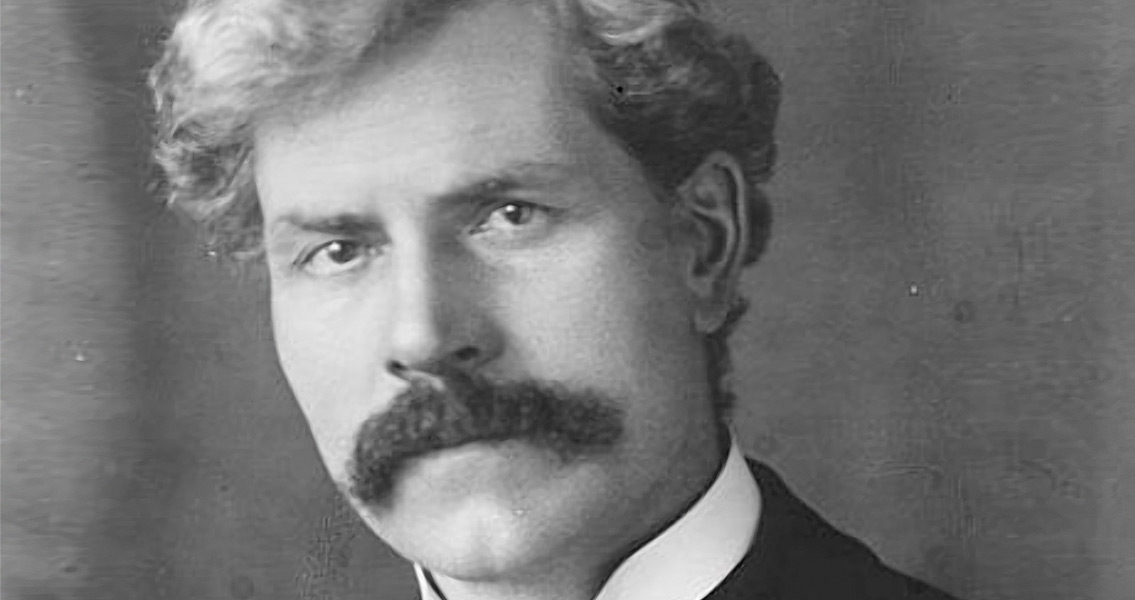<![CDATA[Currently, the dominant story in British politics concerns the Labour Leadership Election. Since its defeat in the May 2015 General Election and the resignation of party leader Ed Miliband, Labour has been in the process of electing a new leader, with the results of the voting due to be announced next month. As the main opposition party to the Conservative government, the identity of Labour's new leader is an important issue in the UK, drawing commentary from both the left and right wing press. One of the central questions of the Labour Leadership Election is one which has dominated the history of the party almost since its creation. Jeremy Corbyn, at the time of writing considered the front runner in the polls, represents a drive to push Labour towards its founding principles. A list of policies on his website includes a rejection of austerity based economics, a more even distribution of wealth, long term ambition to place environmental concerns over corporate, and a plan for Labour to become, "a rejuvenated, democratic mass social movement again dedicated to bringing about real change." His rivals in the leadership debate generally advocate a more moderate approach, one which clings to the centralised, less radical values the Party held during its last term in office. A key feature of Labour's landslide electoral success in 1997 was the party's pragmatism, pushing into the background the left wing ideologies which had been its founding principles. As the party enters its second term of opposition, the conflict between pragmatism to win elections and sticking to ideological foundations has once again surfaced. The party was formed at the turn of the twentieth century out of frustration among working people that the dominant social reform party of the time, the Liberals, did not give them a big enough platform to field parliamentary candidates. In 1900 the Trade Union Congress cooperated with the Independent Labour Party to form the Labour Representation Committee, which then became the Labour Party in 1906. In the aftermath of the First World War the party made its first strides towards power, aided by an extension of the franchise to include all males over 21 and all women over 30, and popular dissatisfaction with post-war Britain. An early triumph came in the 1922 General Election when the party won 142 seats, making it the second largest party in the House of Commons. As historian David Marquand notes however, this success also revealed the early signs of shifting priorities in the party. The proportion of Labour MPs sponsored by Trade Unions had dropped dramatically, meaning, "In Parliament, it (the Labour Party) could present itself for the first time as the movement of opinion rather than of class." Another General Election in 1923 saw the Liberals lend their support to the Labour Party, allowing James Ramsay MacDonald to form the first Labour government. It lasted less than a year, blighted by accusations of sympathy for the Soviet Union and a communist influence within the party. Again, the events highlighted the problems the party would have balancing between being electable, and upholding its ideological roots. In 1929 Labour recovered to win another election, but came into power as the Great Depression knocked Britain's economy into recession. The Labour government struggled to cope with the mounting crisis, and by 1931 was under pressure to cut government spending - a key component of Labour principles - in order to receive loans from foreign banks. MacDonald agreed to a coalition with the Conservatives and Liberals, a move which angered many senior Labour officials and divided the party. In the subsequent election the party lost masses of seats, and would not return to government until a war time coalition with Churchill's Conservatives in 1940. Over the following decades the party struggled with an internal dispute between the idealism which had led to its creation in the first place, and a desire to win elections. This conflict really came to a head in the 1980s and 1990s. Michael Foot, elected party leader in 1980, set about organising a campaign to stress the party's left wing roots and highlight it as a clear alternative to the Tories. On the back of the Winter of Discontent, a period of prolonged strike action which severely disrupted the country and turned popular opinion against trade unionism, and with the party thrown into disarray by four senior Labour MPs breaking away to form the Social Democratic Party, Foot's manifesto was met with ridicule, deemed 'the Longest Suicide Note in History' by the press. The election itself was as disastrous as expected, the party suffered its worst electoral defeat in the post-World War Two era, losing more than a fifth of its seats. The failure of Foot's election bid provided dramatic validation for those who wished to make the party a more pragmatic entity. Foot's successor as party leader, Neil Kinnock, responded to the devastating defeat by launching a modernisation program for the party, taking it away from the hard left towards more central ground. This program continued through the 1990s, culminating in the landslide election victory of 1997. This is the context in which the current Labour leadership election is taking place. The history of the Labour Party has been defined by a balancing act between ideals and pragmatism almost from its beginning. The last three decades have seen supporters of the later view for the party's future increasingly triumphant. The leadership election currently taking place will decide if this trend of centralisation in Britain's traditionally left-wing party will continue. ]]>
Labour Leadership Election: A Historic Conundrum
